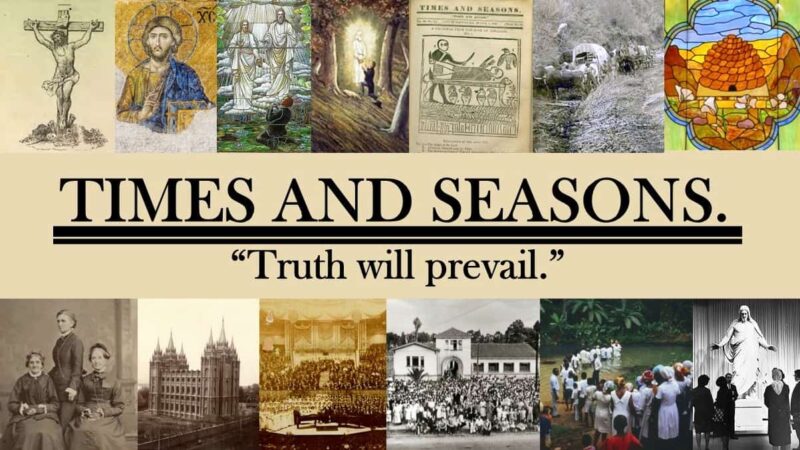Category: Latter-day Saint Thought
-
Religious Studies and the Church, Part II: Rabbis in the Marketplace, Celebrity-Scholars, and Firesides
In the Latter-day Saint community the renowned gospel scholar has traditionally enjoyed a lot of social esteem. Much of what I’d say here I’ve already said previously, but to summarize: our attention is being fractured into a million pieces, making it hard for any one figure to get more than a fraction of the attention…
-
George D. Watt’s Journey
I’ve heard it said before that Leroy Anderson was America’s best-known forgotten composer. It could likewise be said that George D. Watt is Mormonism’s best-known forgotten reporter. In a recent interview at From the Desk, Kurt Manwaring discussed why Watt is important and the recent publication of his 1851 journal with LaJean Carruth and Ronald…
-
Religious Studies and the Church, Part I: Intellectual Authority as a Shortcut to Ecclesiastical Authority
The Church of Jesus Christ of Latter-day Saints is somewhat unique in that we don’t have a paid or professionally trained clergy. Nonetheless, there are Latter-day Saints who still pursue high education degrees in fields normally pursued by clergy trainees such as divinity, biblical studies, ancient languages, or religious studies (hereafter, for the purposes of…
-
Mormon Doctrine, McConkie, and Modern Mormonism
Bruce R. McConkie stands in an interesting place in the history of the Church. For some, he holds a place in the upper echelons of a pantheon of Latter-day Saint thinkers and writers who have shaped, advocated, and defended the doctrines of the Church of Jesus Christ of Latter-day Saints. For others, he is seen…
-
The Constitution of the Council of Fifty
What is the Kingdom of God? If it were a political entity, how would it be organized? What sort of charter would it have? In a recent interview with Kurt Manwaring at From the Desk, Nathan Oman discussed an early effort to think through these types of questions in the Church of Jesus Christ of…
-
Do All Prophets and Apostles See God?
A popular joke that I have heard before from both Latter-day Saints and Catholics (with roles reversed, depending on who’s telling it) goes that the pope’s secretary enters his office one day and tells the pope: “I have good news and bad news.” “Well, what’s the good news?” the pope asked. “We just got a…
-

Standing with Babylon
One nice thing about reading the Old Testament and the Book of Mormon together is that it lets us expand our mental geography of Zion into a full cartographic plane.
-
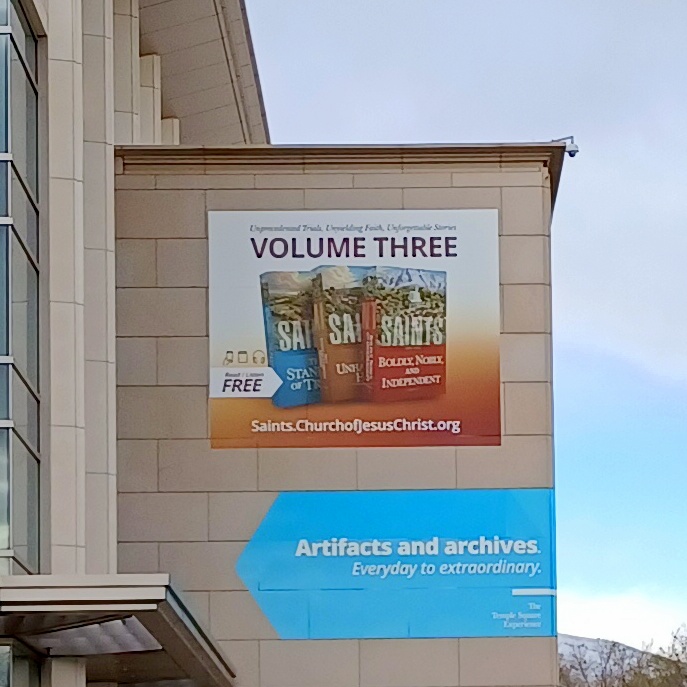
Saints, Volume 3: A Review
Saints: The Story of the Church of Jesus Christ in the Latter Days, Volume 3: Boldy, Nobly, and Independent, 1893-1955 is a fantastic addition to the Church’s official histories. Picking up after the ending of the previous volume at the dedication of the Salt Lake City Temple, this volume begins with the Chicago World’s Fair in…
-

The Church Should Not Be Your Project
In Latter-day Saint parlance “making somebody your project” is the act of approaching your relationship with them mechanistically; only viewing your relationship with them through your ability to get them from point A to point B spiritually, and generally it’s frowned upon because the friendship is insincere. On a similar note, I sense that some…
-
[Spiritual Languages] The Other
We’ve probably all heard a million times that Christ said that in serving others we serve God, and that in order to be prepared to meet God we need to take care of the poor and marginalized.[1] I don’t think any of us would argue these points. However, I do think we often miss something…
-
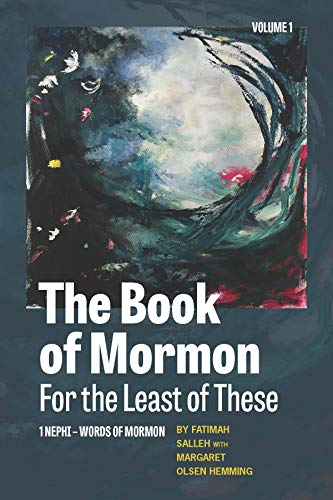
Loving the Book of Mormon Prophets without Accepting Their Prejudices: A Review of “The Book of Mormon for the Least of These, Volume 1”
A while back, a friend sent me an uncomfortable text. She is not a member of the Church of Jesus Christ of Latter-day Saints, but someone had given her daughter the old illustrated Book of Mormon Stories book, and her daughter came across the passage in Second Nephi when Nephi narrates that Laman and Lemuel’s…
-
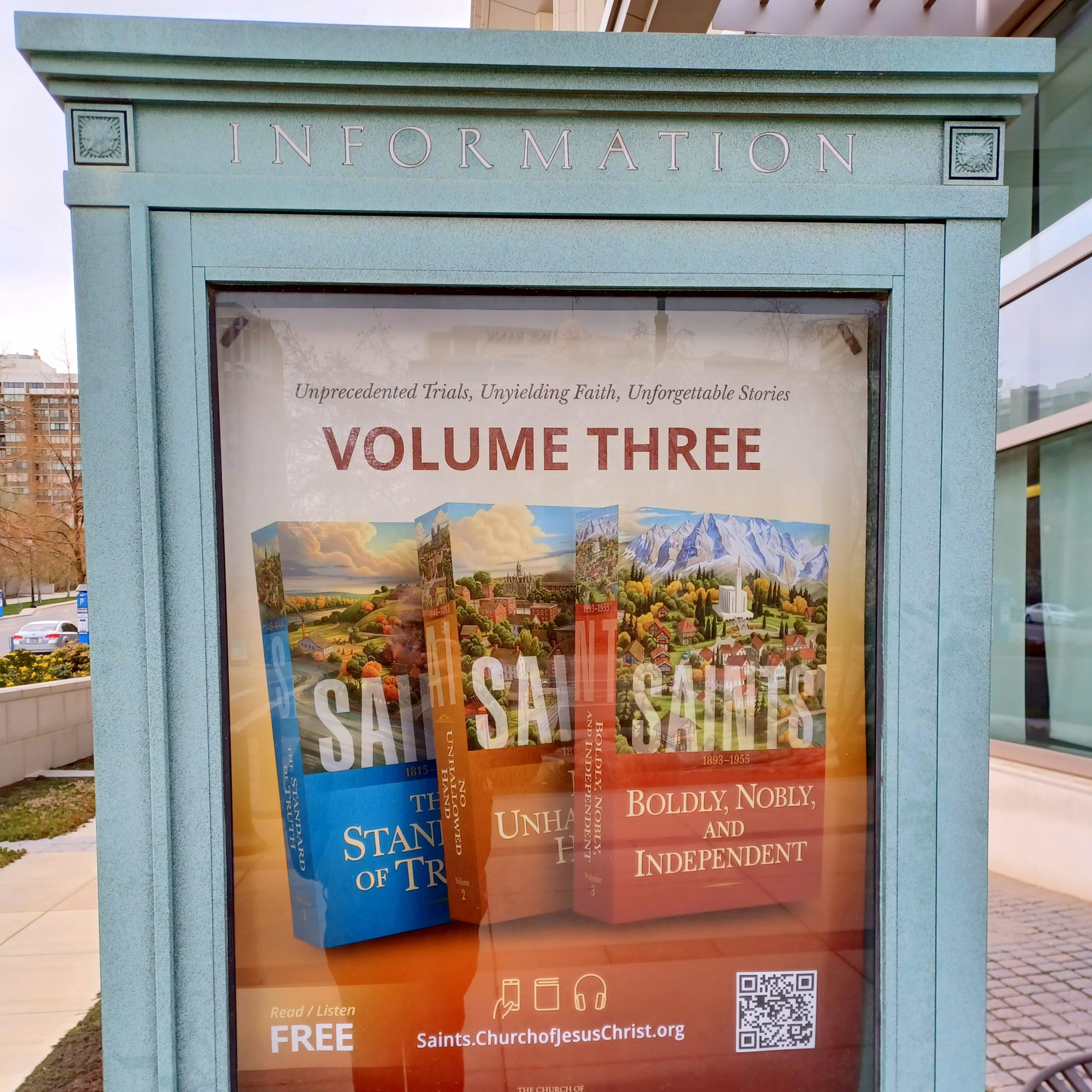
Saints 3: Thoughts from Scott Hales and Jed Woodworth
I hope by now it’s apparent that I am a fan of the Saints history series and that I’ve been really looking forward to Volume 3, which comes out on the 22nd. I will say, it’s fantastic, but you’ll get to read more of my thoughts next week. Today, however, Kurt Manwaring published an interview with Scott…
-
A Mother There: The Quotes Behind the Essay
I mentioned in my post last week that the BYU Studies article “A Mother There” by David L. Paulsen and Martin Pulido had more quotes than I could put into that post. Here is the follow-up with as many of the quotes cited in that article as I could find (excluding the ones presented last week). It’s…
-
[Spiritual Languages] On Coyotes and White Stones
Thus far I have played it safe. I have kept to spiritual languages that make sense to me and that, at least to some extent, I understand. This week we are continuing on a theme begun last week, but off the beaten track, at least off the beaten track of WEIRD (Western Educated Industrial Rich…
-
Mother in Heaven: The Quotes Behind the Essay
On the Saturday evening session of General conference, Elder Renlund stated that: “Very little has been revealed about mother in heaven but what we do know is summarized in a Gospel Topic found in our Gospel Library application. Once you have read what is there, you will know everything that I know about the subject.”…
-
On Winter Quarters
Sometimes called the “Valley Forge of Mormondom”, Winter Quarters was the primary (thought not exclusive) location that Latter-day Saints in the United States of America lived between their forced exodus from Nauvoo and their efforts to move westward to the Great Basin region. In a recent interview with Richard Bennett, Kurt Manwaring discussed the history…
-
The Book of Abraham Book
I once had a teacher who loved to say that: “The more you know, the more you know you don’t know.” To some degree, this is not infrequently the case when it comes to studying issues in the history of the Church of Jesus Christ of Latter-day Saints. Let’s Talk About the Book of Abraham…
-
What If …. Chad Updated the Doctrine and Covenants? Part 3
Joseph Fielding McConkie recalled that when the First Presidency and Quorum of the Twelve were discussing adding the documents that are now Sections 137 and 138 that Elder Bruce R. McConkie had a few other suggestions. One was to add two Articles of Faith about the restoration of the Gospel and the Plan of Salvation…
-
Of Brigham and Bridger
Jim Bridger and Brigham Young are two very important people in the Euro-American colonization of the American west. Their relationship with each other, however, was complicated. Kurt Manwaring recently discussed that relationship with Jerry Enzler in connection with Enzler’s biography, Jim Bridger: Trailblazer of the American West. What follows here is a copost to the…
-
[Languages of the Spirit] Messiness is Next to Godliness
Last week we learned how everything is made of spirit; that it is the substance of creation. This is critical to different spiritual languages because there are so many different manifestations of spirit. In fact, if the Book of Abraham is to be believed, everything we see is a manifestation of spirit, and they each…
-
What If …. Chad Updated the Doctrine and Covenants? Part 2
Continuing my hypothetical series about what I would do if I were asked to update the Doctrine and Covenants (and still keeping in mind that I have no plans to actually do so and I’m 110% sure the Church doesn’t have any plans for me to do so either), we come to looking at editing…
-
Margarito Bautista – A Forgotten Revolutionary in Latter-day Saint History
Elisa Eastwood Pulido’s biography, The Spiritual Evolution of Margarito Bautista (Oxford University Press, 2020), provides a fascinating glimpse into one of the more significant but controversial figures in the history of The Church of Jesus Christ of Latter-day Saints in Mexico. An important founding figure among Mexican Latter-day Saints, Bautista was a successful missionary who helped to…
-
What If … Chad Updated the Doctrine and Covenants? Part 1
I told you I wasn’t done with the Doctrine and Covenants yet. Follow me, and ponder the question: What if? It’s the year 2023 and the Church of Jesus Christ of Latter-day Saints has decided to produce a new edition of their scriptures. For reasons that are unclear, the project was picked up by…
-
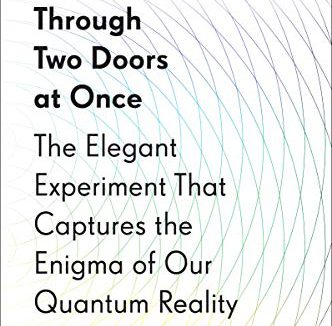
Through two doors at once…
I recently finished an excellent book providing a pop-science level understanding of the experiments surrounding the bizarre fact that very small objects are neither particles nor waves, or they’re both, or, you know, something.
-
Better to Use No Rationales Than Faulty Ones
You would think that at some point we would learn from past experiences with priesthood bans. Concerning the priesthood and temple ban against people with black African ancestry, President Dallin H. Oaks noted that: Some people put reasons to the one we’re talking about here, and they turned out to be spectacularly wrong. There is…
-
On “Good Anger”
A pattern I’ve noticed in political and sometimes religious discourse lately is the concept of “good anger.” This isn’t the calm and measured, but firm response of Christ before the Romans or at the temple, but a deep antipathy with bite to it. The acidity of this anger is not considered a weakness, but is…
-
On the Priesthood and Temple Ban
With the recent hullabaloo about Brad Wilcox’s firesides, I have had a few things on my mind, perhaps most intensely around the priesthood and temple ban against individuals of black African ancestry. The short version is this: After studying the evidence, I believe that the ban was not instituted and sustained by God’s will. Now,…
-
Studying the Words of The Relief Society Presidency
If the 5-year cycle for Relief Society General Presidencies that has been followed for 20 years holds true, the current Relief Society Presidency is likely to be released at this upcoming general conference. With that in mind, I recently decided to go through and read all of the general conference talks given by members of…
-
Why I am Not An Intellectual
The American philosopher Richard Rorty recollected that when he was a teenager he dreamed of being able to read all the great works in his local library and arrive at some grand synthesis of truth from all the wisdom contained therein (for all truth to be circumscribed into one great whole, as it were). and…
-
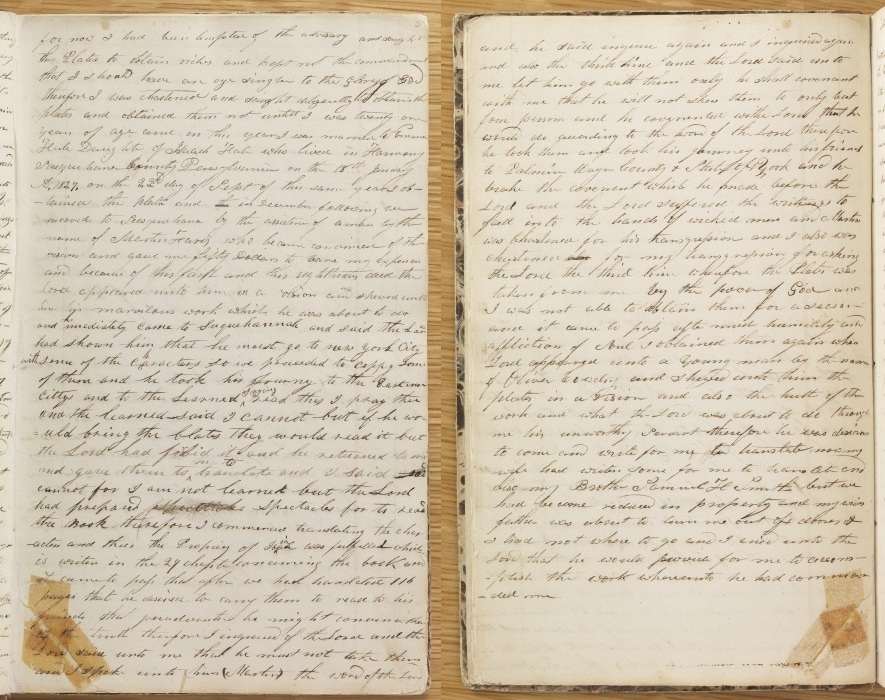
Important Documents from Latter-day Saint History
I’ve always had the idea running in the back of my mind to compile a list of the most important documents across the history of the Church of Jesus Christ of Latter-day Saints that are not in the scriptures nor book-length publications. Documents in the list include important summaries of doctrine that capture the thought…
